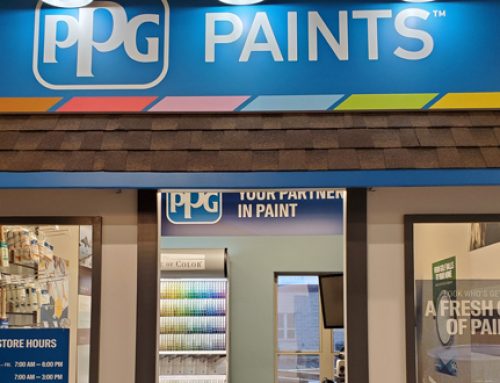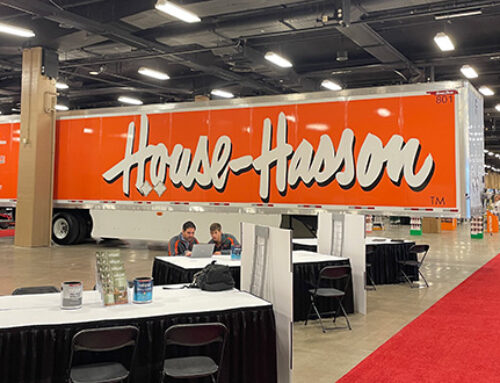Provided By Michael McLarney, Managing Director, Hardlines, NHPA Canada
As the economy opens up and consumers begin spending money on travel and other sectors, Canadian retailers have a wait-and-see attitude to determine whether spending will detract from home improvement sales. Sales to contractors have been buoyed by the renovation boom that remained a constant throughout the pandemic. However, the housing market shows signs of stabilizing and returning to a more normal pace.
Economic recovery has not been as strong in Canada as in the U.S., which was impacted more severely, and economists anticipate much of the recovery will be pushed into 2022 compared to the U.S.
Supply Chain Woes
The supply chain travails of 2020 were still in effect through 2021. Many retailers reported learning valuable lessons about supply and demand over the last two years. They have been working more closely with their buying groups and key suppliers, and the scramble for products has left many shelves empty. Some retailers had to work with reduced SKUs while bulking up on better-selling items. Prices, which fluctuated wildly in 2020, continued to be unstable through much of 2021. As a result, many retailers have become more strategic to offer a more consistent, reliable source of supply.
Wildfires throughout the country posed a further challenge for supply chains. Ontario and British Columbia were hit hard by wildfires during the summer. At one point, some 300 fires were blazing in western Canada, while northern Ontario had more than 150 wildfires last summer.
Consolidation Continues
According to the 2021 Hardlines Retail Report, just four companies account for two-thirds of all home improvement retail sales in Canada. In 2019, they comprised 63.2 percent of the industry. In 2020, that had grown slightly to 63.6 percent.
The Home Depot Canada continues to lead the industry, with estimated sales now exceeding $10 billion, making it the largest home improvement retail store in Canada.
Still firmly in the No. 2 spot, Lowe’s Canada continues to grow both with new stores and through the expansion and repositioning of existing stores.
Home Hardware, with nearly 1,100 stores, remains a strong brand and an attractive model for retailers.
As an example of its commitment to brand recognition, the company recently relaunched its private brand, Benchmark, which includes hand and power tools and accessories and outdoor power equipment.
Canadian Tire has undertaken a great deal of restructuring of its retail business, focusing on acquisitions and expanding its private labels. The private labels include products from power tools to home decor, and more than one-third of its revenue comes from its owned brands. The retailer’s online sales continued to rise in 2021, following an increase of more than 250 percent in 2020.
Buying Groups Grow Market Share
Buying groups hold their own however, as independents consolidate buying power and marketing efficiencies under them.
The LBM buying groups are unique in Canada since they have no direct parallel in other markets like the U.S. Their operation and structure are quite distinct from the large retail banners and big-box chains that make up such a large part of the U.S. market.
Since 2016, buying groups have represented at least one-third of sales by the Canadian retail home improvement market—a market worth more than $50 billion in 2020. Last year, the market share of buying groups grew to almost 38 percent of the overall market. Those sales were generated by more than 2,500 independently owned outlets that are members of eight buying groups across the country.
The largest buying group is Home Hardware Stores with almost $6 billion in retail sales. Next is Independent Lumber Dealers Co-operative, whose combined membership accounts for close to $5 billion. The other buying groups are, in order of size, TIMBER MART, Sexton Group, Castle Building Centres, BMR Group, Delroc Industries and TORBSA.
The past year, which followed a year of double-digit growth in 2020, is estimated to have logged further growth. Growth in 2021 will reach into the double digits, with Hardlines forecasting an overall increase in retail sales of 13 percent. Forecasts show strong sales activity continuing into 2022, hampered only by the lack of product and the challenge of hiring staff.







